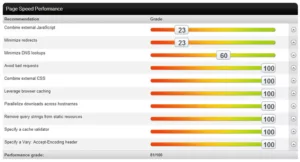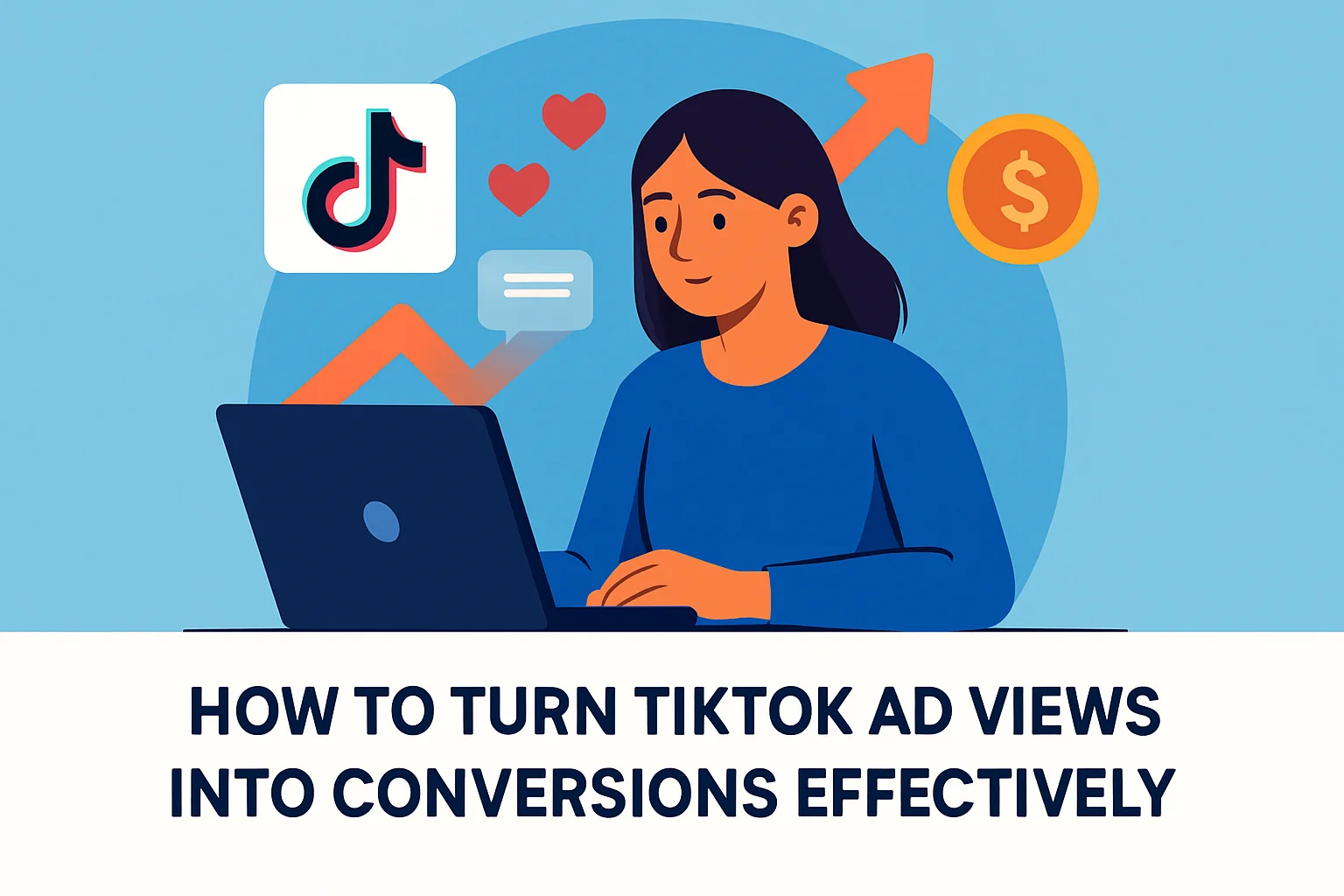Looking to increase conversion rates across your website? One tactic is to speed up your website’s page loading time.
Optimizing (decreasing) your website’s loading time ensures high conversion rates. Google engineers estimated that any webpage load time above 0.4 seconds is enough to curate user loss.
Amazon reported an increase of revenue of 1% for every 100 milliseconds of webpage load time improvement. For businesses looking to break into a niche market, having fast and efficient webpage load times can be instrumental in keeping users surfing through your web domain and buying your products.
Following are five vital factors that can speed up your webpage load time:
- Reduce the HTTP RequestsHTTP (Hypertext Transfer Protocol) Requests just means that a web browser such as Chrome or Firefox is sending a request for a file, and the server is sending that file back to the browser.HTTP web requests are the number-one factor that affects how your webpage is rendered and how fast it is rendered per request. Many factors affect how fast elements can be streamlined and rendered on your page: the amount of script contained in a webpage; the size and format of your images; and different plugins that operate on your webpage.Use CSS instead of images whenever possible; place scripts on the bottom of the page; and combine multiple style sheets into a compressed singular format.
2. Enable Caching
Caching allows browsers to store the components of your website onto users’ hard drives. For a wide range of components, such as JS, CSS, images, etc., this can shave close to 2 seconds off of page load times.
For WordPress users this was found to reduce load times in half. Caching can be stored from one week to a year without violating RFC guidelines and is a crucial feature to preventing slower load times that images and style sheets can take.
3. Compression and Reduction
Large file sizes of elements like images and videos can greatly increase load times. Cropping images to smaller pixel sizes, changing the format to an acceptable style (like JPEG), and even reducing color depth can increase load times.
In terms of real compression, though, enabling downloads through a zip file is an incredibly easy way to decrease download times. Nearly 90% of browsers support Gzip, and compressing files to zip format can decrease download times by 70%.
Plus, Google doesn’t index zip files and can increase load times, which increases SEO performance.
4. Reduce Server Response Time
Utilizing free tools from Google, such as its Search Console or PageSpeed, can be benefit your website by finding the elements that are slowing page load times. The target for a server response time is less than 200ms and bottlenecks that reduce HTML rendering can be devastating for page load times. Analyze the underlying components of your website, such as routing, memory, database queries, etc. and reduce variance in runs between Google and your server.
5. Minify Code and Plug-ins
For many domain hosts, add-ons and plug-ins that make a website efficient and even innovative in functionality and interactivity can be killing their own website’s load times.
Code that has excessive line breaks and script can potentially increase load times by the minutest of milliseconds adding up greatly in the end. Reducing CSS script, JavaScript, and affiliate code can free up memory space and decrease page size.
According to a study, the cost of generating revenue with banner advertising can be up to 33% increased latency. PageSpeed Insights by Chrome can optimize your HTML code and therefore minify load times and page sizes.



